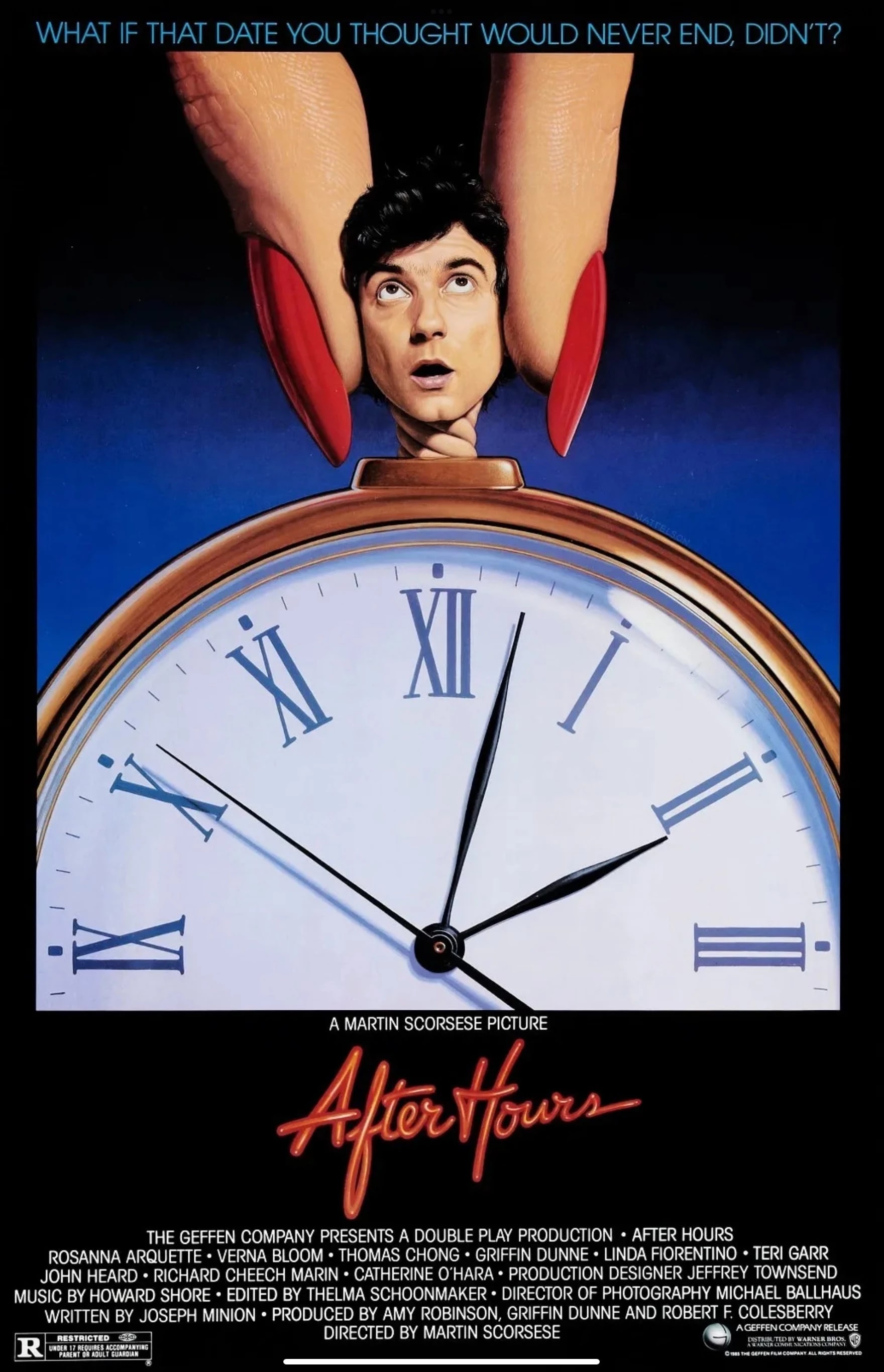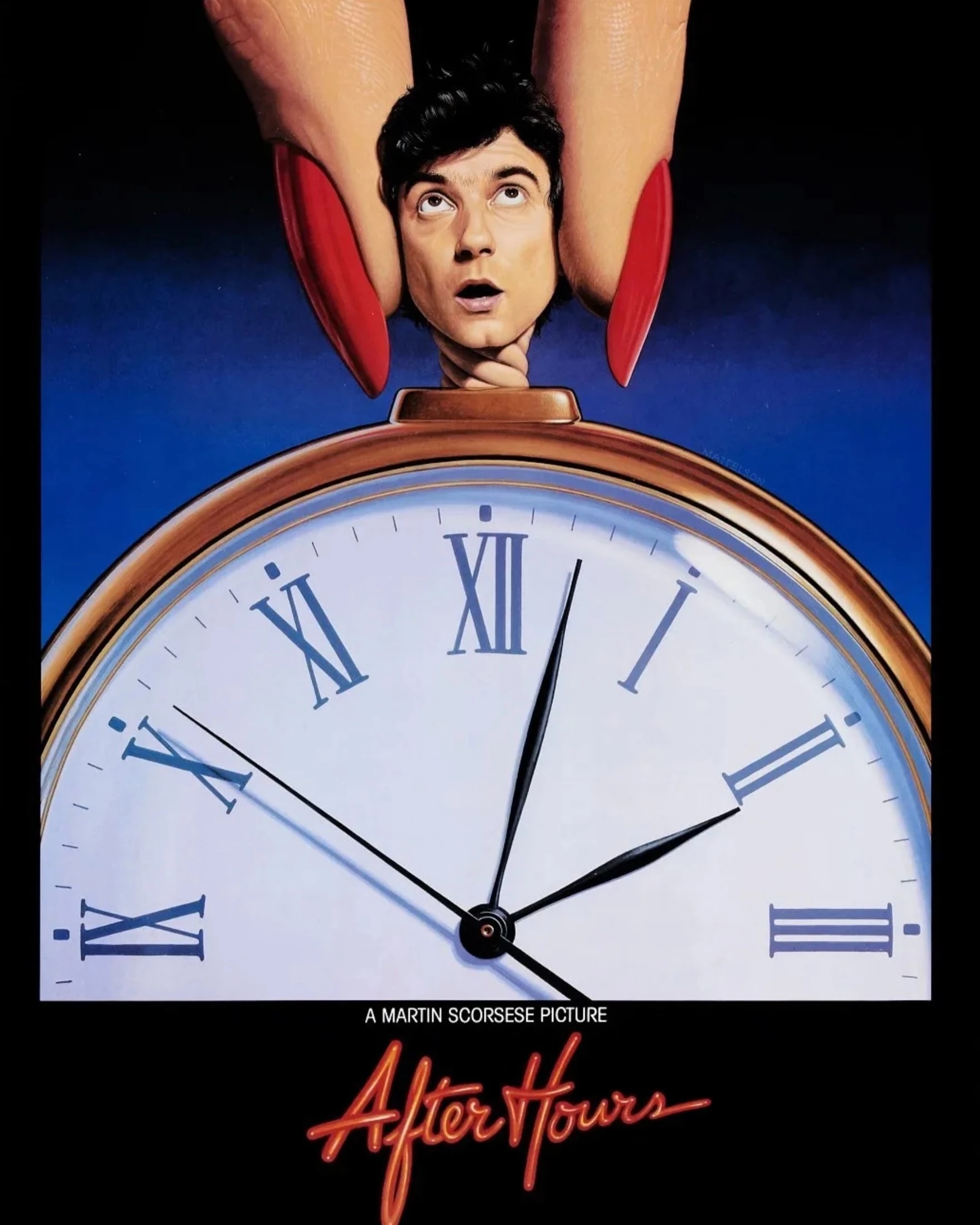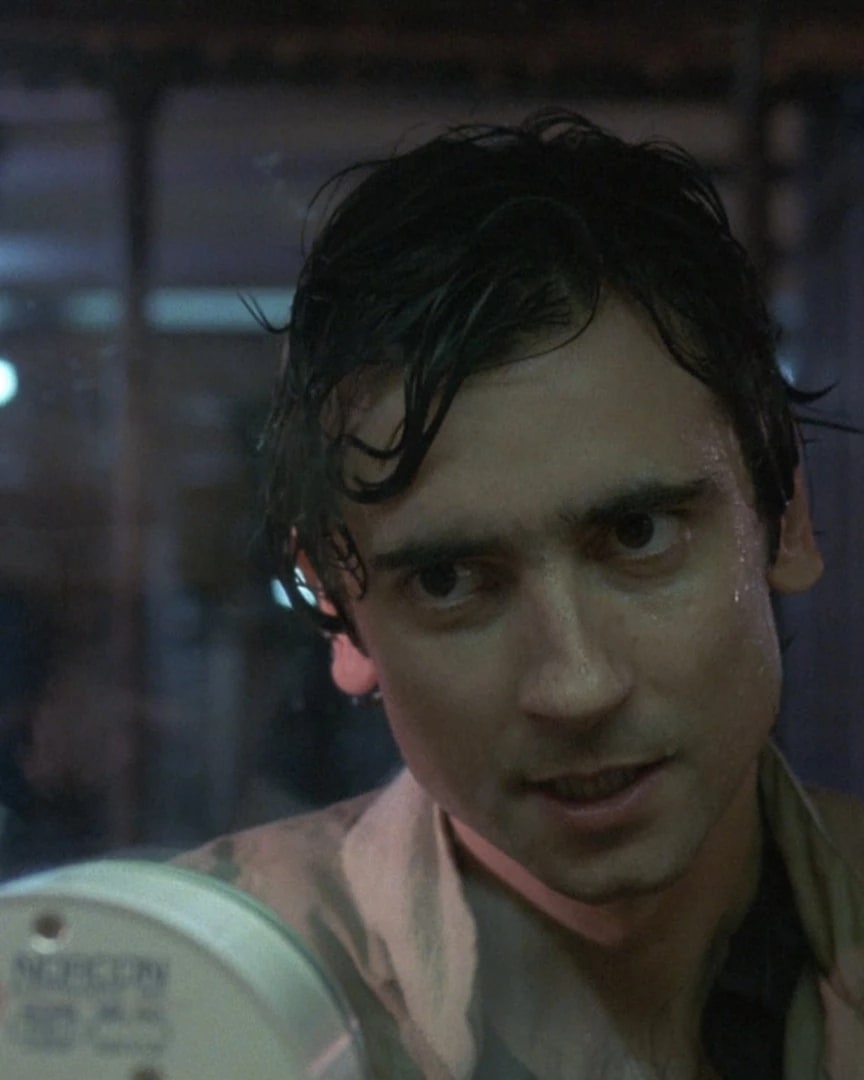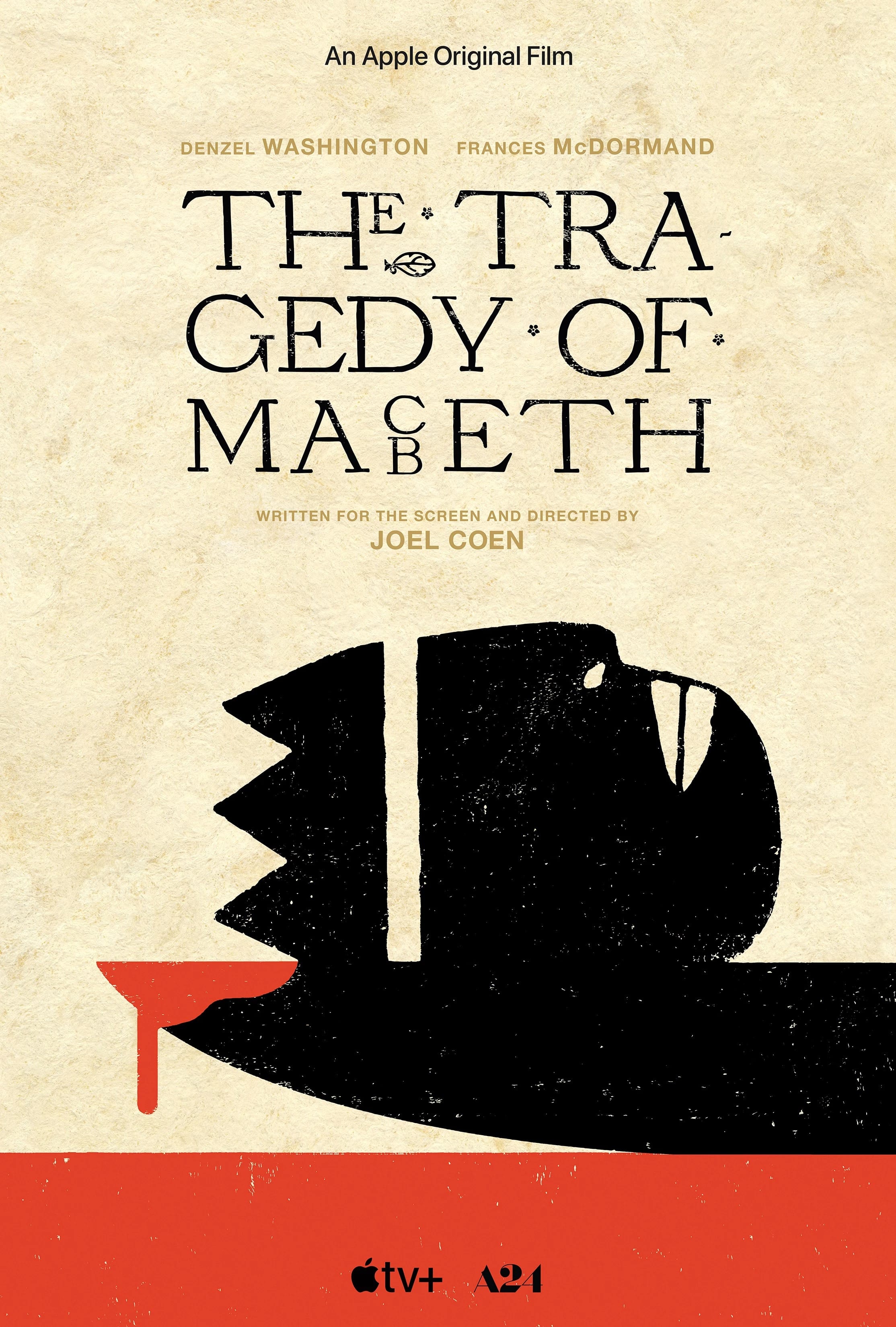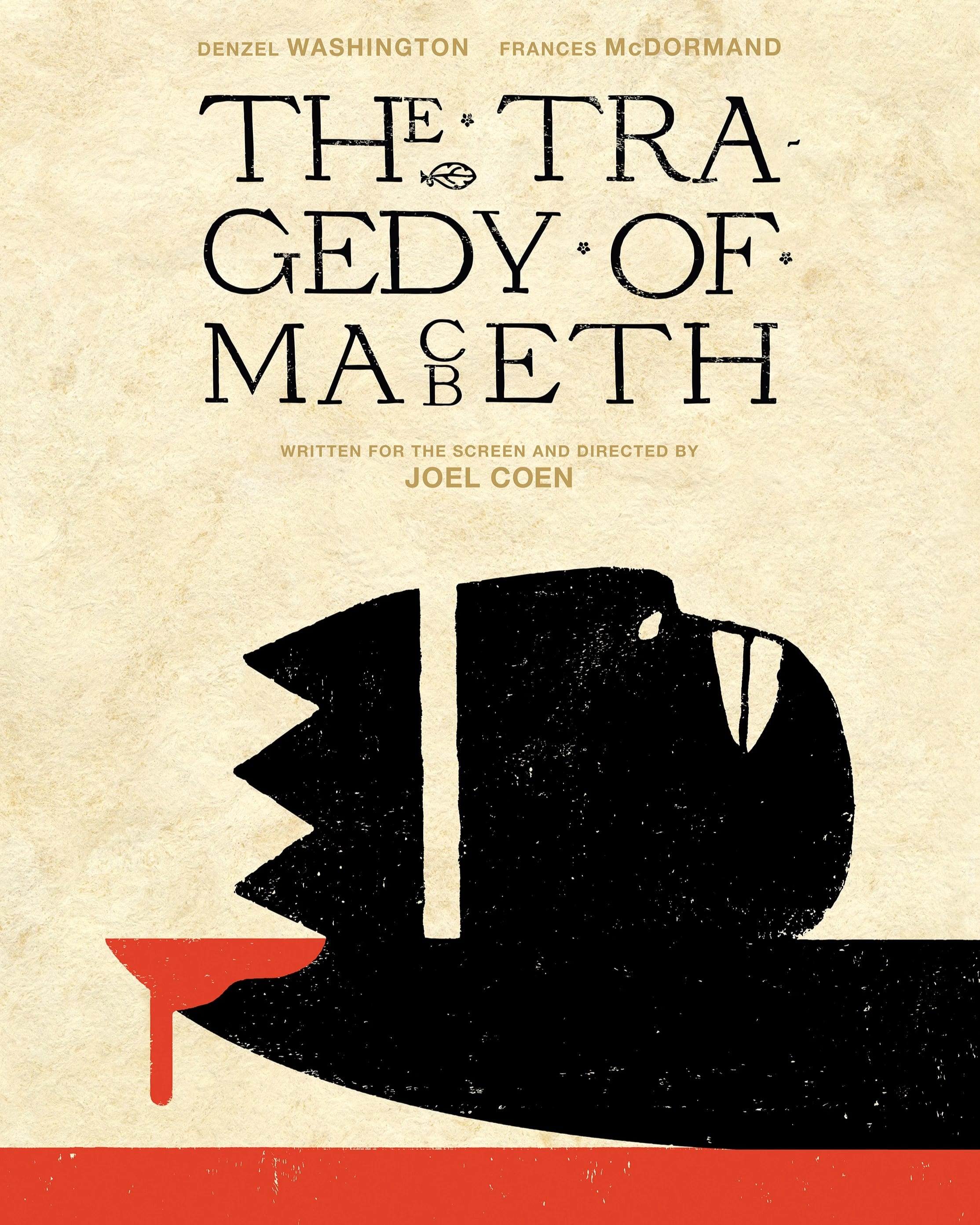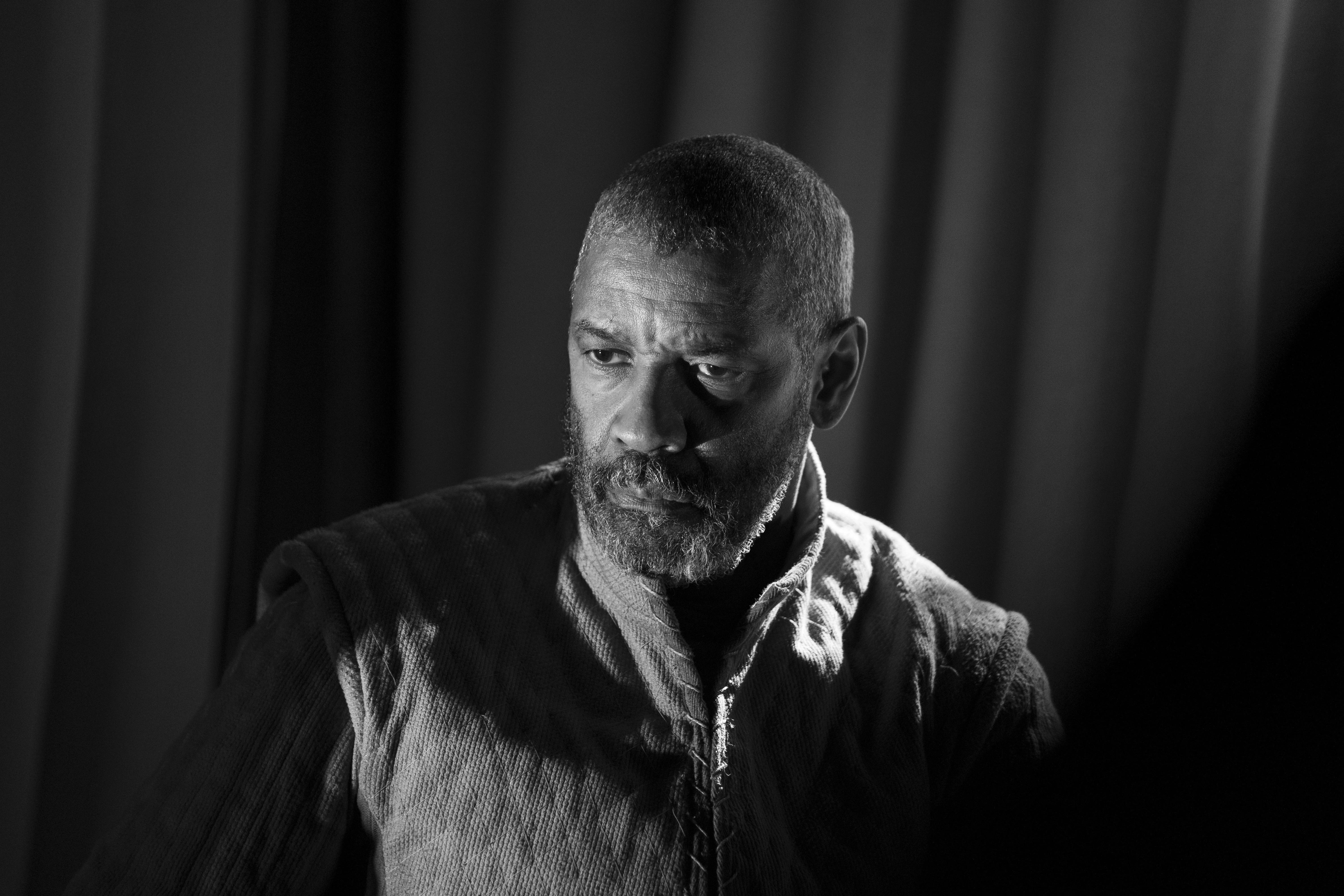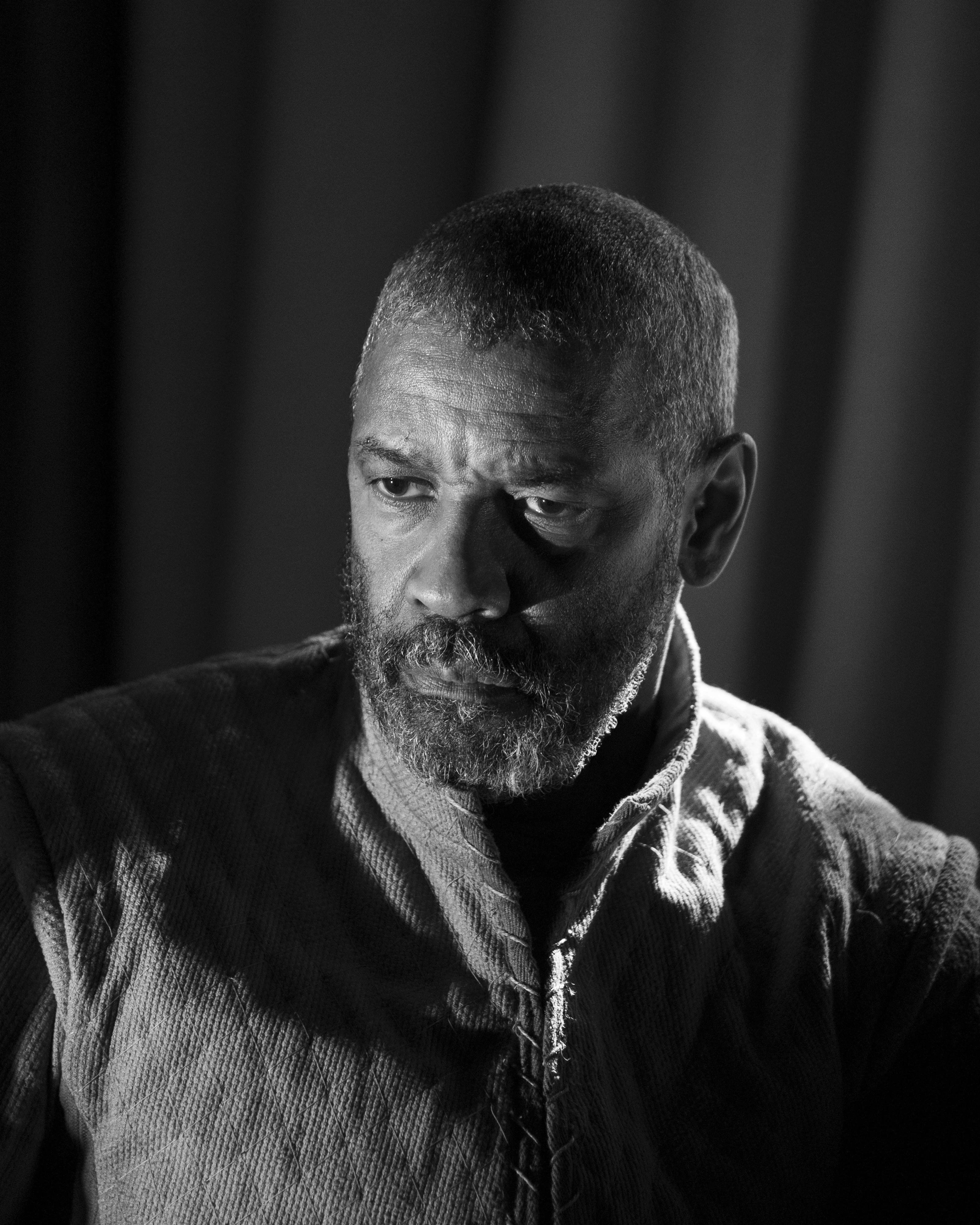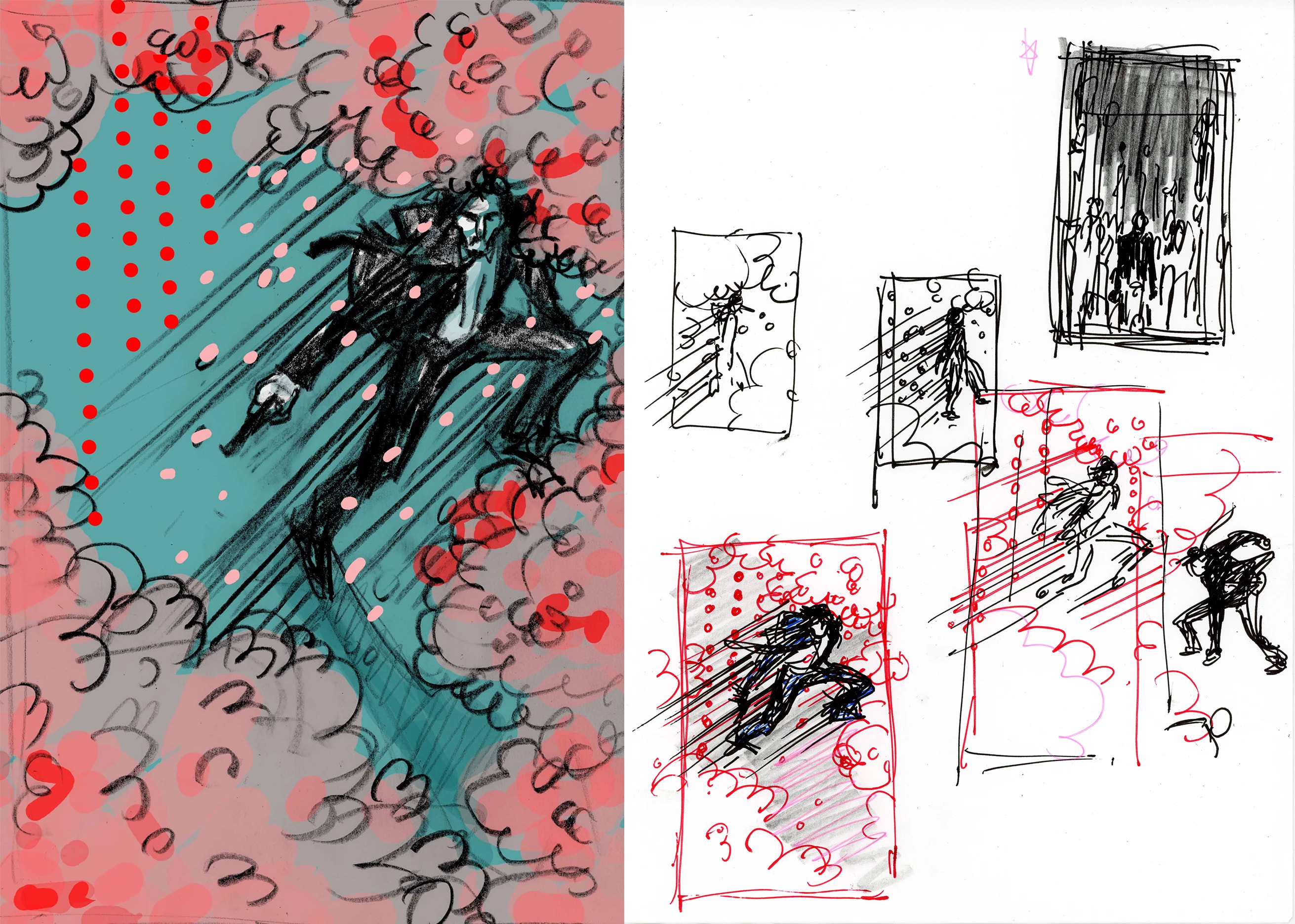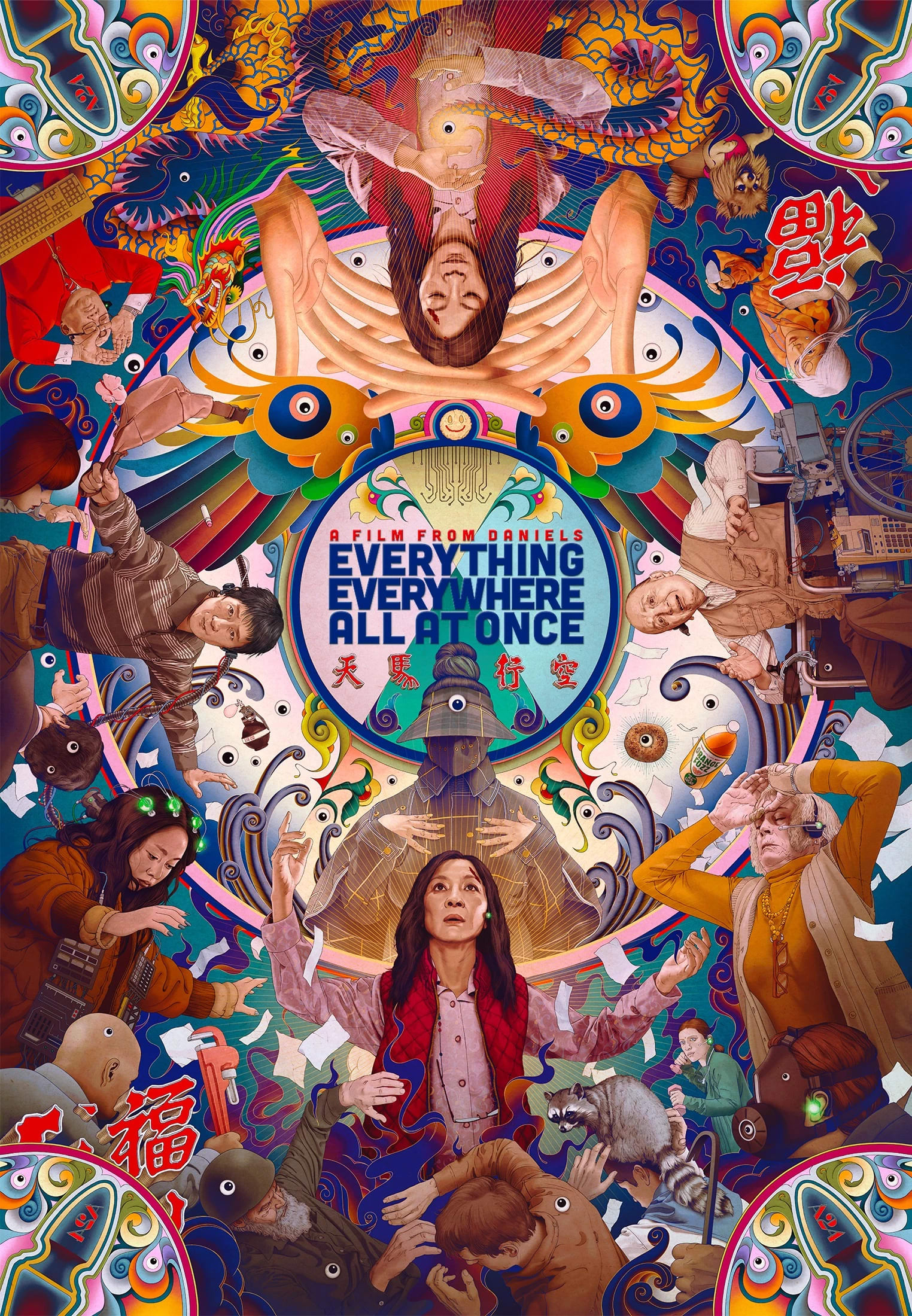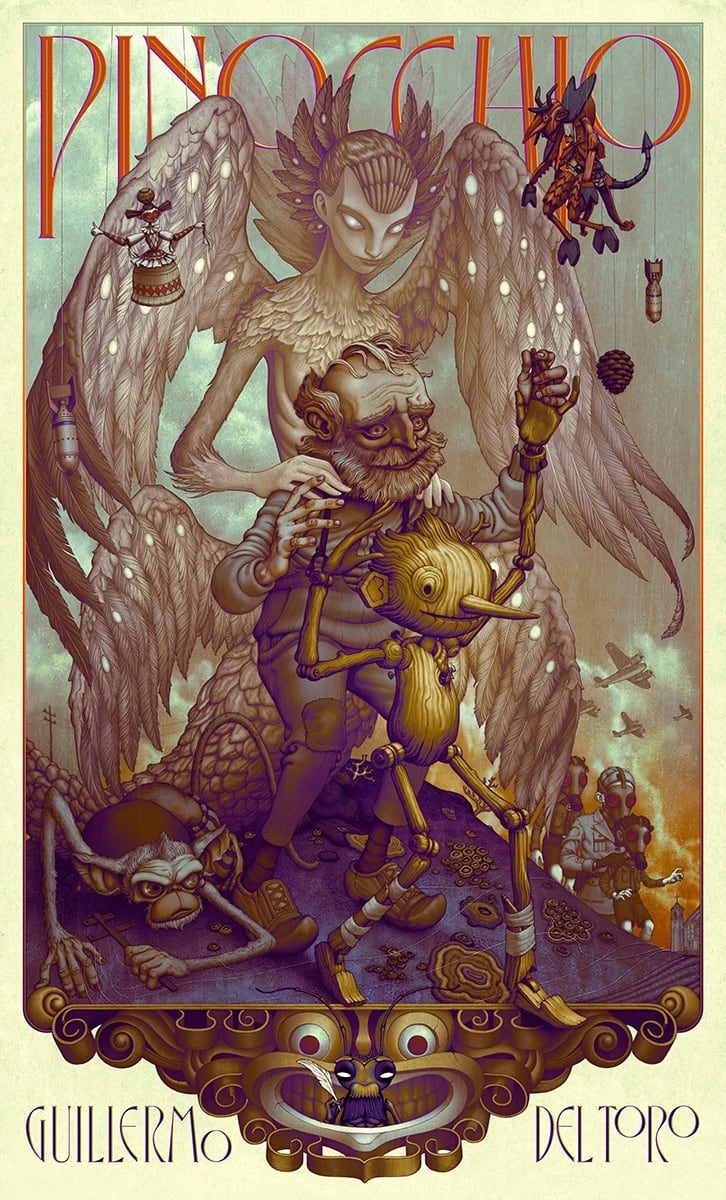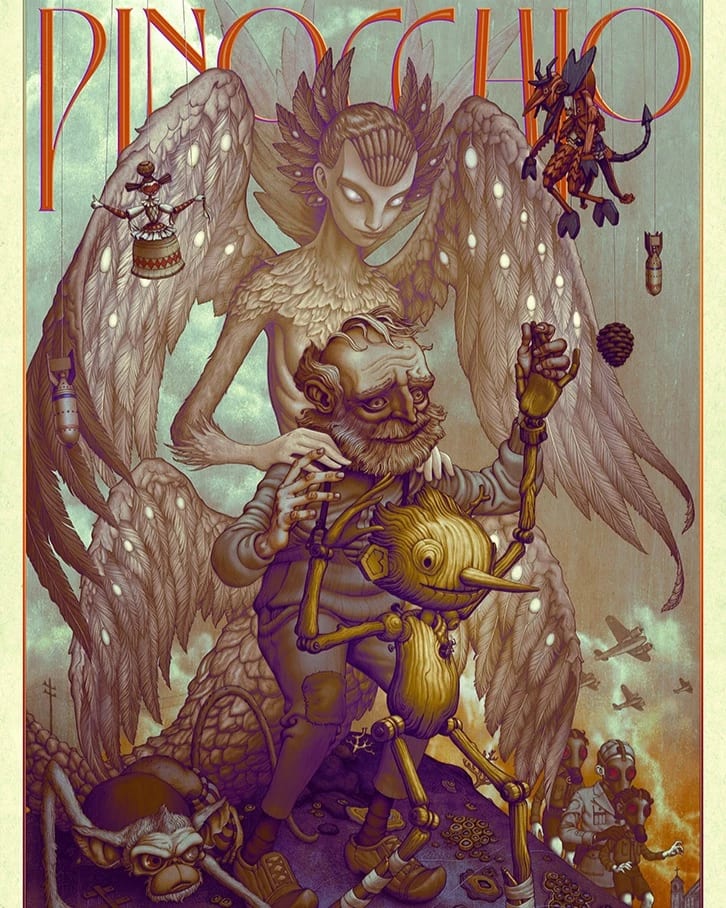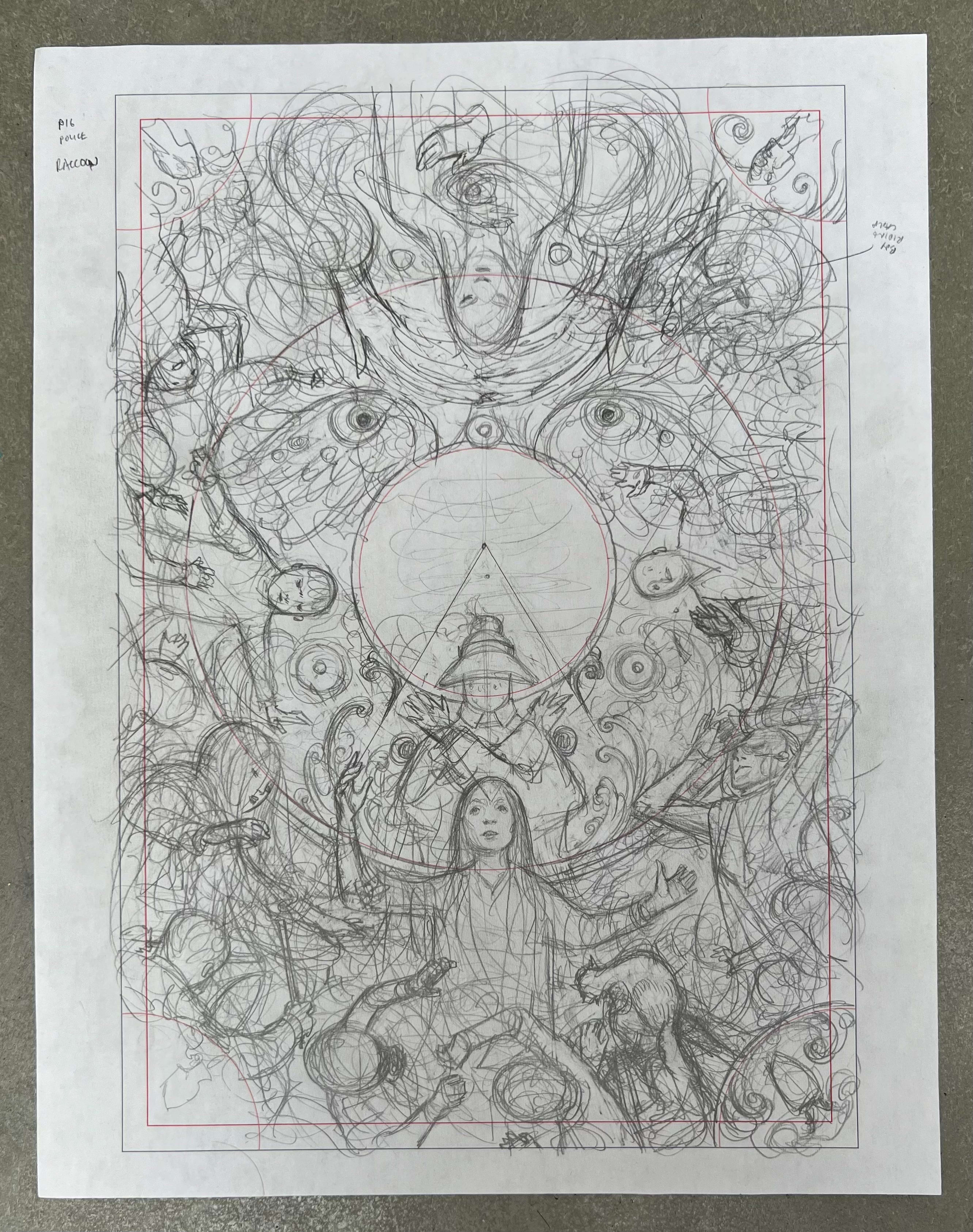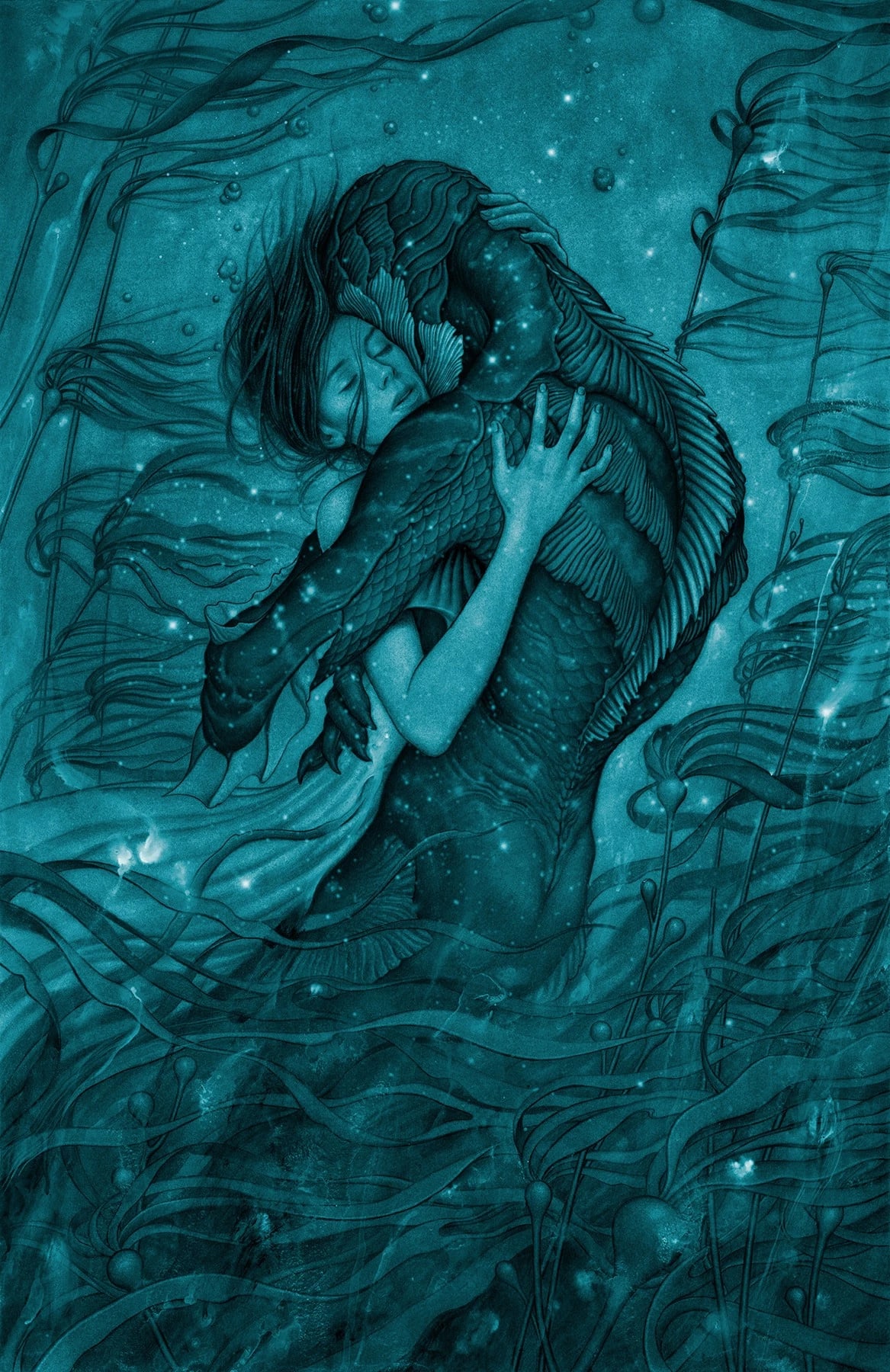
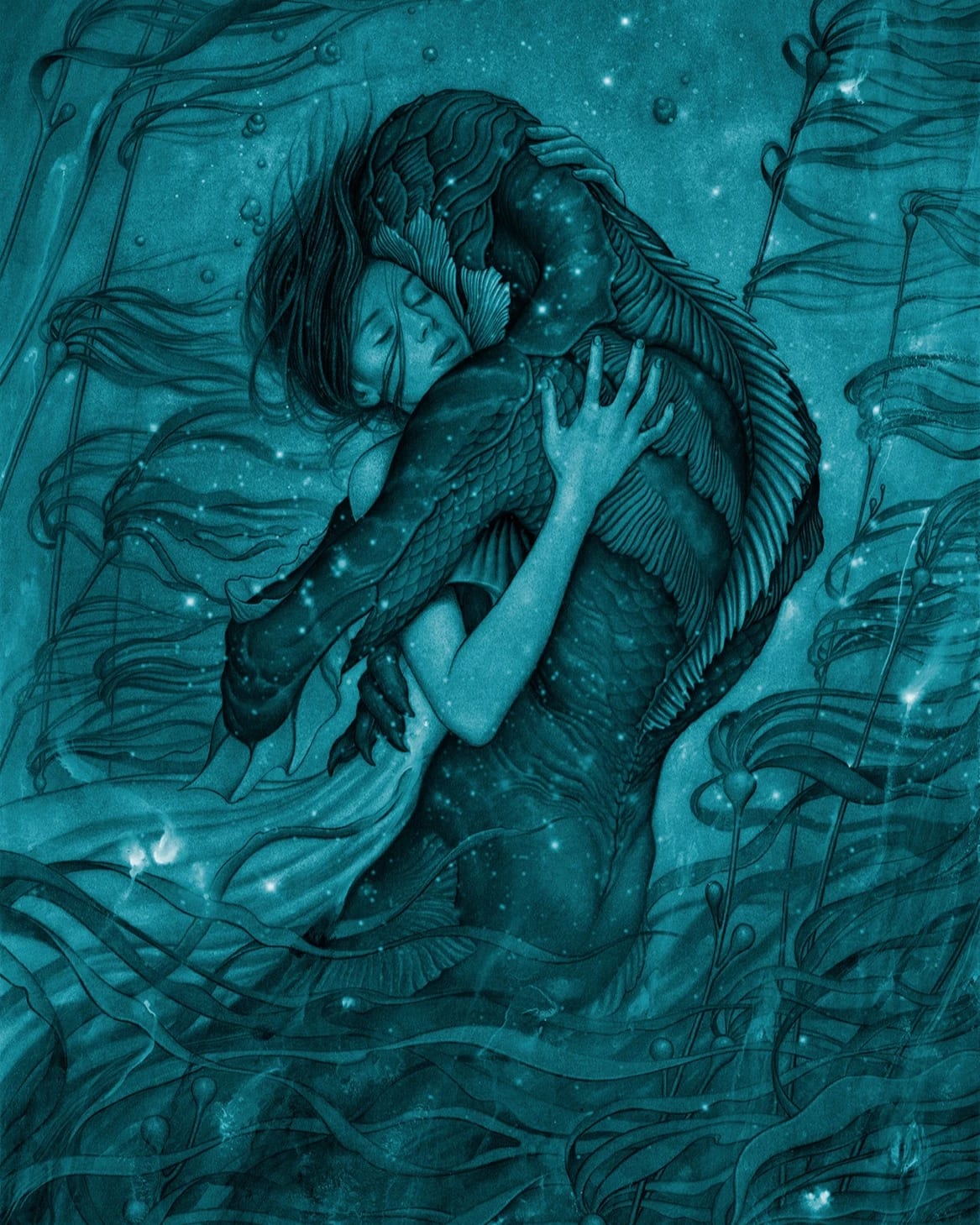
Poster for The Shape of Water (2017) by James Jean (BFA 2001 Illustration).
Poster for The Shape of Water (2017) by James Jean (BFA 2001 Illustration).
Whether they come from Hollywood, Bollywood or Nollywood, whether they are independent, experimental or blockbuster, the enduring allure of the movies is undeniable.
However, building anticipation, activating the imagination and capturing the public’s attention prior to a film’s release is another story.
Enter the movie-poster illustrator—one part visual artist, one part conceptual thinker and one part conjurer of desire—who is tasked with tapping into the psycho-emotional space of the public at large. Despite rapid shifts in how we consume the moving image as the entertainment world migrates to streaming or on-demand platforms, the movie poster’s capacity to excite our imagination in advance—and to act as a visual container for our memories in retrospect—remains undiminished, whether we experience it in print or on a screen.
To find out more about the backstories and creative processes of movie-poster magic, we connected with four School of Visual Arts faculty and alumni responsible for particularly noteworthy examples of the craft.
Theatrical poster for After Hours (1985), conceived by Peter Bemis (1969 Advertising) with art by Marvin Mattelson (BFA Fine Arts and BFA Illustration faculty member).
Theatrical poster for After Hours (1985), conceived by Peter Bemis (1969 Advertising) with art by Marvin Mattelson (BFA Fine Arts and BFA Illustration faculty member).
Marvin Mattelson
After Hours (1985), directed by Martin Scorsese
By the time Marvin Mattelson was asked to create a movie poster for Martin Scorsese’s 1985 comedy After Hours, the director was already an icon, with films like Taxi Driver (1976) and Raging Bull (1980) having established him as one of his generation’s preeminent filmmakers.
Mattelson himself was a decade into a successful illustration career, working with top advertising agencies and major publications. At one point in this period, his work was simultaneously featured on the covers of Newsweek and Time. He was also already on the SVA faculty and had created the art for the first of his two “subway” posters for the College to date, a 1982 ad featuring a multicolored zebra and writer Dee Ito’s tagline, “To be good is not enough, when you dream of being great.”
For the After Hours project, Mattelson says he worked with the late designer Tal Stubis, who over his career worked on the posters for everything from Funny Girl (1968) to The Shining (1980). But the concept for the poster came from Peter Bemis (1969 Advertising), who at the time was freelancing as an advertising creative for the Spiros Agency and had only one prior movie poster, for The Stepford Wives (1972) under his belt. (Bemis went on to have a long and distinguished career in movie advertising as co-principal of the Bemis Balkind firm, which was responsible for the marketing of such films as Analyze This [1999], Big [1988], Forrest Gump [1994] and Mulholland Dr. [2001].)
Bemis’s idea was a surreal scenario—the head and neck of star Griffin Dunne serving as the crown of a wind-up watch face and being twisted by meticulously manicured fingers—that embodied the compounding strangeness of the movie’s plot, which follows Dunne’s character through an nightmarish evening in downtown Manhattan after a date goes awry.
All of the images Mattelson received of Dunne were generic headshots, essentially unusable for his purposes, so he rented a studio and photographed the actor himself to capture the nonplussed expression he wanted. Mattelson also photographed his other reference material: a hand model holding a small plastic doll’s head; a twisted piece of modeling clay, which he would use as the basis for Dunne’s neck; and a watch. All of these elements were combined in the final work, rendered in oil paint in Mattelson’s signature realistic style.
A few years later, Mattelson would illustrate the posters for another beloved 1980s comedy, Joel and Ethan Coen’s Raising Arizona (1985), as well as the forgotten Jeff Daniels vehicle Checking Out (1988), but his work for After Hours, and one piece of feedback he got on the project, in particular, stand out as especially memorable.
Since Mattelson had not gotten an advance screening of the film, he went to see it on its opening day in Manhattan. Unbeknownst to him, the film had premiered earlier that day. As he and his wife stood in line outside the theater, Mattelson says, they noticed Dunne and Scorsese, “walking up the street. So I wave to Griffin. And he says to Scorsese, ‘This is the artist who did the poster, Martin.’ Then he introduces me to Scorsese, who says, ‘I love your poster.’
“That was the best!”
Edel Rodriguez
The Tragedy of Macbeth (2021), directed by Joel Coen
When creative agency BLT Communications was tasked with designing the poster for director Joel Coen’s Macbeth adaptation, starring Denzel Washington and Frances McDormand, it was fitting that they turned to artist and author Edel Rodriguez. In recent years, Rodriguez has gained considerable attention for his eye-catching illustrations of former president Donald Trump, which have appeared on the covers of Der Spiegel and Time and invariably depict him as a power-hungry, erratic tyrant—not unlike the title character in Shakespeare’s famous play.
Though he was provided with a screener and some stills to use as source material, Rodriguez was encouraged to make something that felt less like a straightforward ad and more like a work of art. Choosing to work in a bold, graphic style, he created dozens of sketches—each working with the visual language of a head, a crown and a sword—to try to tease out the most potent embodiment of Macbeth’s spiraling paranoia and the violence it unleashes. Coen, Rodriguez says, responded positively to a number of the options, and decided to go ahead with two posters for the film instead of just one. A line-work sketch, featuring a crowned head resting on a bloodied blade’s edge, was used as an online teaser, while a painting of the same motif appeared on the theatrical poster.
Rodriquez’s minimalist yet impactful illustration and the poster’s tight color palette set the stage for the theatrical, poignant film. “I was thrilled that Joel Coen, a director I’ve admired for decades, understood my working process and wanted to make my art the centerpiece of the film’s ad campaign,” he says.
Variant poster for John Wick: Chapter 4 by Yuko Shimizu (MFA 2003 Illustration as Visual Essay, BFA Illustration faculty member)
Variant poster for John Wick: Chapter 4 by Yuko Shimizu (MFA 2003 Illustration as Visual Essay, BFA Illustration faculty member)
Yuko Shimizu
John Wick: Chapter 4 (2023), directed by Chad Stahelski
As part of the marketing campaign for this year’s John Wick: Chapter 4, a dozen artists from around the world were asked to create their own poster for the latest installment in the popular action franchise. One of the 12 was SVA alumnus and faculty member Yuko Shimizu, who had previously illustrated the Criterion Collection’s boxed set of Godzilla DVDs (featured in the spring/summer 2020 Visual Arts Journal).
Shimizu lives in New York but grew up in Tokyo, the setting for a nighttime cherry blossom scene that inspired her for its dramatic potential and its evocation of place. While most of the variant posters were rendered realistically and based on still photos, she chose a more graphic approach, communicating the film’s constant movement and decorative aesthetic with slanted lines, floating cherry blossoms, and the partly obscured figure of Wick, his weapon pointed to a target outside of the frame, apparently in retreat from a deadly pursuer.
In keeping with the clandestine world of John Wick, an elite assassin played by Keanu Reeves, Shimizu received a high-security link to the film well before its release date that only she could use. At that time, much of the CGI was still in progress and the footage included scenes shot in cities like Manhattan and Paris interspersed with unadorned shots of the actors in empty spaces, with boxes as stand-ins for buildings, or outdoors on a specially built studio that would later be transformed into Paris street grids. Seeing the movie in this unfinished state, she says, gave her “a higher appreciation for the work that goes into it all by the CGI artist team, the editors and the actors, who have to act in a blank space.” Seeing the movie in this unfinished state, she says, gave her “a higher appreciation for the work that goes into it all—by the CGI artist team, the editors and the actors, who have to act in a blank space.”
James Jean
Everything Everywhere All at Once (2022), directed by Daniel Kwan and Daniel Scheinert
Daniel Kwan and Daniel Scheinert’s Everything Everywhere All at Once is a mind-bending excursion that follows a Chinese American immigrant who, in the midst of an IRS tax audit, embodies parallel universe versions of herself to prevent a sinister force from destroying the multiverse. Likewise, the research and development phase for the movie’s poster, created by artist James Jean, involved a heroic distillation of multiple characters, plot points and themes.
Well-known as both an illustrator and fine artist—over the past year, his work has been the subject of solo exhibitions at the Modern Art Museum in Shanghai and the A4 Art Museum in Chengdu, China—Jean’s film-related work includes the posters for Darren Aronofsky’s Mother! (2017) and The Whale (2022) and Guillermo del Toro’s The Shape of Water (2017) and Pinocchio (2022). (His poster for the last of these was recently acquired by the Museum of Modern Art in New York.) As preparation for his Everything Everywhere poster, Jean watched an early cut; reviewed photography from the set; consulted with AV Squad, the film’s marketing agency; and had a handful of Zoom meetings with the film’s creative team.
Ultimately, he decided on a visual that evoked a ceiling fresco, with a composition spilling out in all directions, a nod to both the film’s complicated, antic story and its cosmic philosophy. It’s as if the viewer were simultaneously staring at the heavens and into the center, Jean says, of a black hole or an everything bagel—an important symbol in the movie.
To capture all the intricate detail, Jean made drawings using his iPad’s Procreate app, and then pieced them all together and painted it in with Photoshop. Absent a suitable photo of star Michelle Yeoh for one of the images he had in mind, he asked his wife to pose in her stead. When Jean submitted the work to Kwan and Scheinert, he received only one request: to rework his rendering of the Pomeranian that plays a [small but special role] so that it had more “proper small dog energy,” he says.
In 2023, Everything Everywhere made history by winning seven Academy Awards, including Best Picture. Yeoh became the first Asian woman to win Best Actress, and co-star Ke Huy Quan, who was born in Vietnam to a family of Chinese descent, won Best Supporting Actor. “I feel very fortunate to have been able to contribute to such an amazing film,” Jean says. “It’s been amazing to see the swelling of love for the film grow, and incredibly gratifying to see my poster used to represent [a] special moment for the Asian American community.”
Diana McClure is a writer and photographer based in New York City. Her essays, reviews and profiles have appeared in Art Basel magazine, Art21, Cultured, catalogs, monographs and other publications.
A version of this article appears in the fall/winter 2023 Visual Arts Journal.


